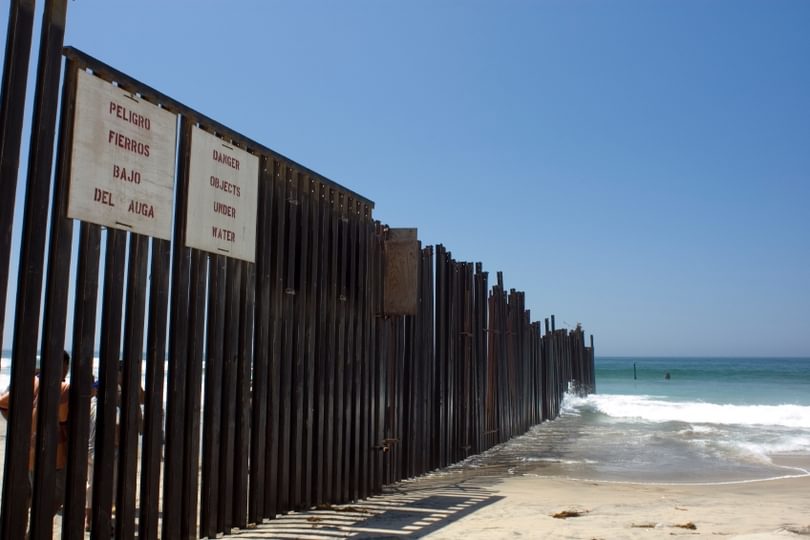
A researcher at the International Migration Institute is calling for greater attention to be given to the gap between migration law ‘in books’ and ‘in practice’.
What makes a migrant legal or illegal? According to recent research from Agnieszka Kubal at the International Migration Institute, there is no black and white answer to that question. In the eyes of the law and empirical practice there exists a grey area of ‘semi-legal migration’ to which many migrants are confined, she says.
Kubal is hoping that her recent paper, Conceptualizing semi-legality in migration research, will help encourage researchers and policy makers alike to address this iniquity.
Using data from 360 interviews with international migrants in the Netherlands, Norway, Portugal and the United Kingdom, Kubal found three main conditions of ‘semi-legality.’ Firstly, where migrants meet the conditions of legalisation, but are unable formally to corroborate this; secondly, where migrants balance the temporality of their residence by moving between various EU countries, under-staying in some and over-staying in others; and thirdly, where migrants reside legally in a country, but work beyond the restrictions permitted by their visas.
Said Kubal: “In 2004 when Eastern European countries entered European Union, migrants were able to migrate to other countries including the UK. Many came from former communist countries where the legal system was very structured. Migrants entering the UK found that they were able to work but that the formal process that gave access to the labour market was complicated and overly bureaucratic. As a strategy of risk management many migrants decided to ‘keep a low profile’ and avoided the law. This left many workers in a ‘semi-legal’ state, which meant that if they became unemployed or needed welfare help they were not entitled to state benefits.”
“The paradox was that these EU citizens with the right to come to the UK and work in the UK labour market could not be deported, but neither could they be fully legal because they had not conformed to certain rules, regarding employment registration,” she continued.
Kubal found examples in Portugal, when migrants were given the opportunity to become ‘legal’ during various regularization programmes in early 2000s, they were asked to show proof that they had been working in the country for a certain period of time – something that is not easy to do when you are not ‘officially’ working there. “This is often the case when migrants essentially fulfil the criteria set out in the legalisation legislation (e.g. length of stay, employment duration) but their access to change of status is hindered by lack of formal proof or lack of information,” said Kubal.
Where domestic employees are concerned (au pairs and carers) Kubal found that employers wishing to avoid taxation can be unwilling to give a formal contract to their employees – a necessary condition for a visa. So migrants who have entered the country using a temporary, tourist or student visa are tempted to work more than their legal working hours, making them semi-legal.
Kubal would like to see policy makers getting together across legal jurisdictions to address this gap between migration law and practice in an effort to gain clarity and even-handedness for migrants and governments alike.
Kubal’s paper draws on the theoretical research and empirical work undertaken within the project ‘Theorizing the Evolution of European Migration Systems’ (THEMIS). It is published by the International Migration Institute (IMI).
- Read the Working Paper Conceptualizing semi-legality in migration research
- More about the International Migration Institute